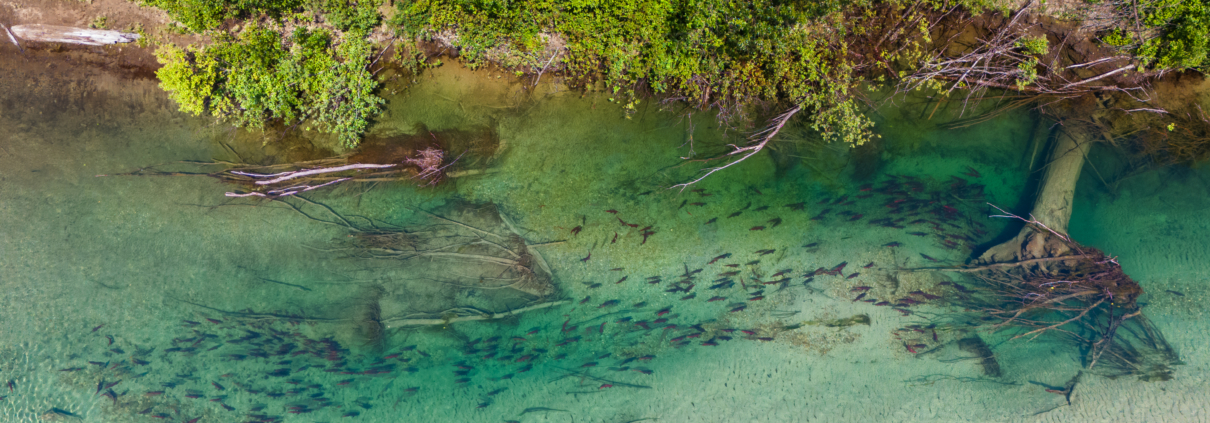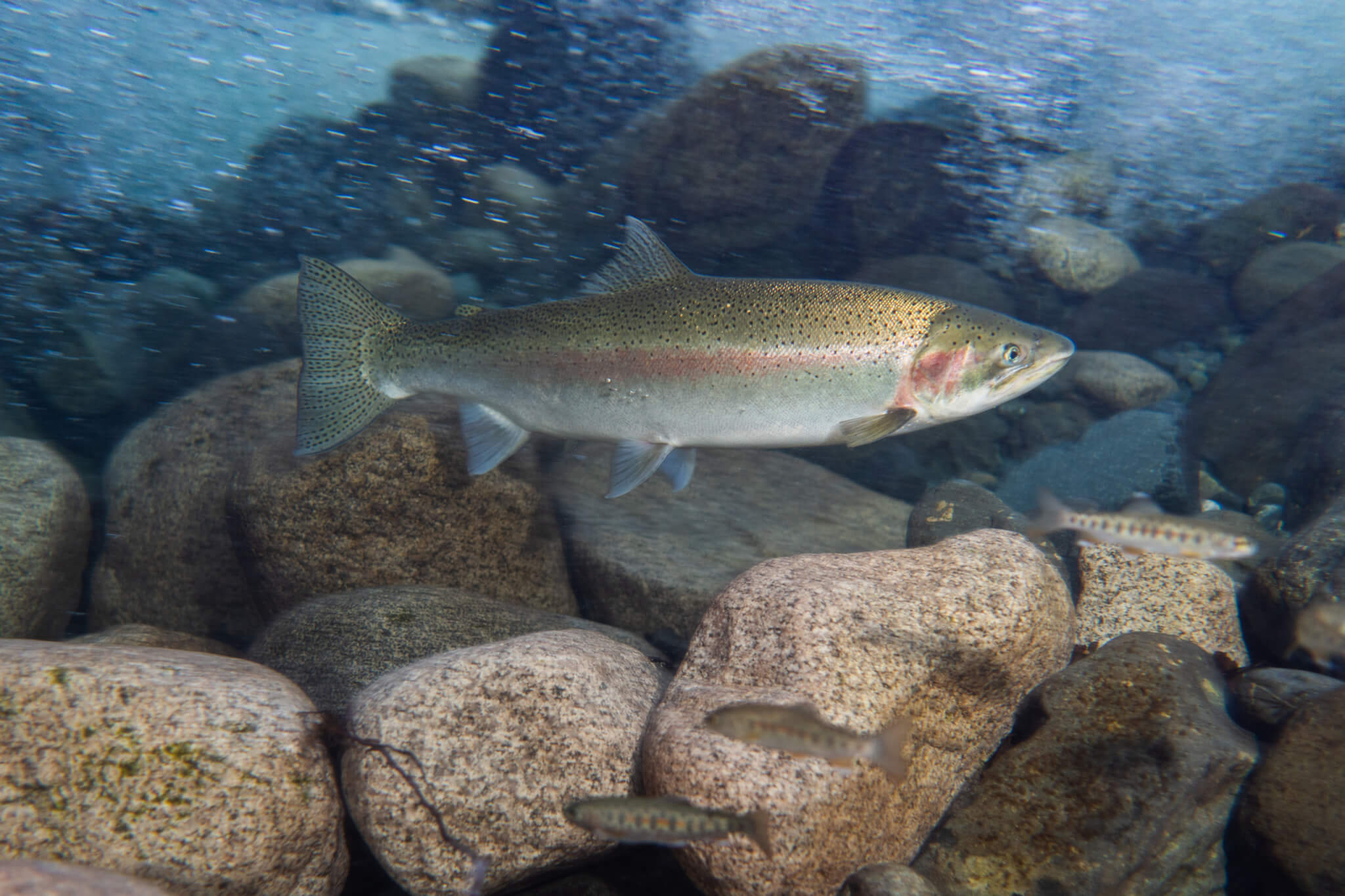A year in review: taking action for salmon in 2024
In 2024, the Pacific Salmon Foundation (PSF) channelled all efforts and resources toward research, projects, and grants to rebuild salmon for generations to come.
Guided by our new 2024–2028 Strategic Plan, PSF sharpened its focus on advancing salmon recovery and resilience in an era underscored by the challenges of climate change and the importance of reconciliation.
With partners, supporters, and donors, PSF hit the ground running in 2024. Together, we released a flagship State of Salmon report, launched and expanded multi-year research projects, supported habitat restoration initiatives, addressed climate emergencies, and influenced major decisions impacting the future of Pacific salmon in British Columbia.
We invite you to reflect on the progress we’ve achieved together in 2024 and celebrate the meaningful impact your support has made possible for salmon and the communities that depend on them.
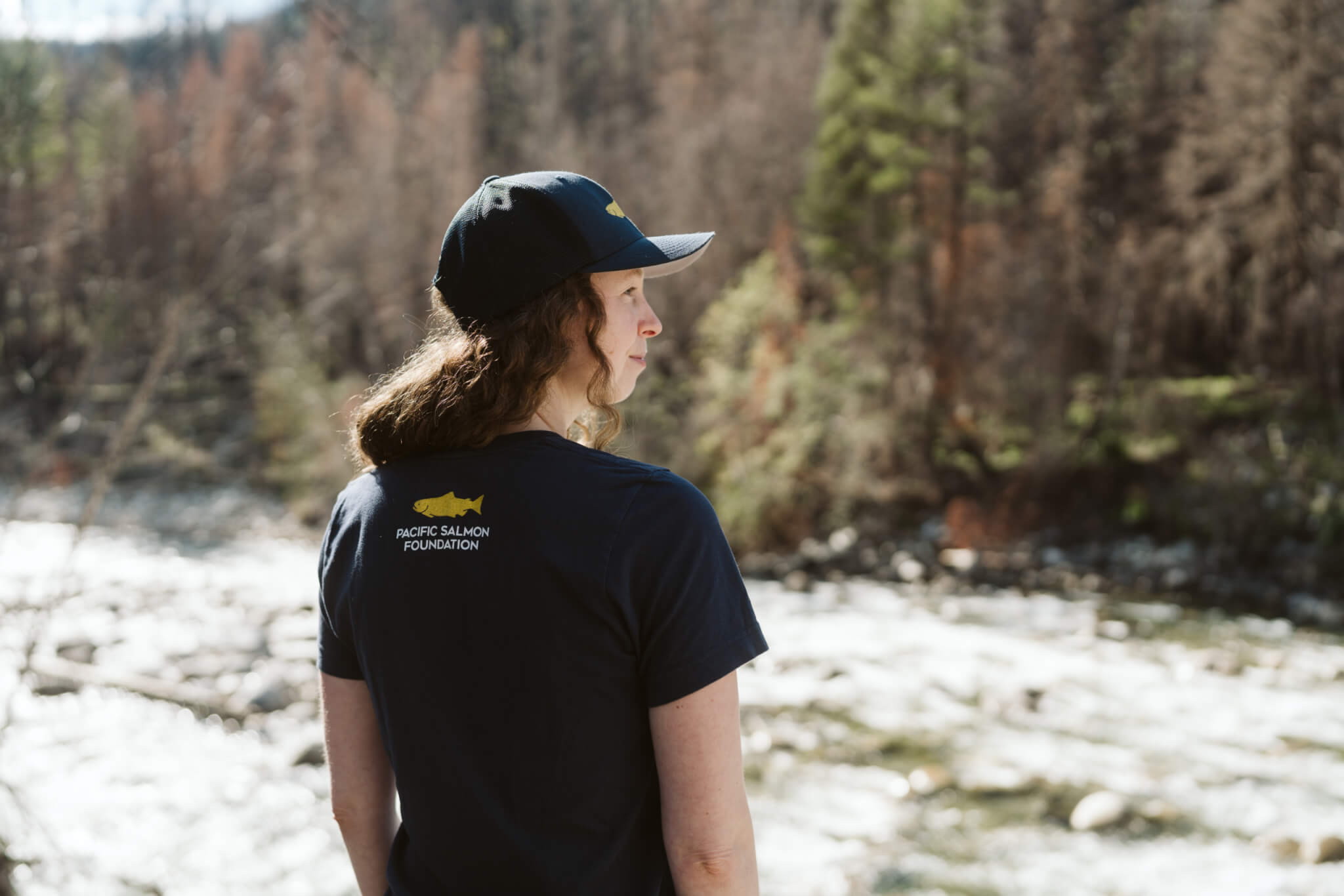
State of Salmon
This year, PSF released a State of Salmon Report — the first of its kind to assess the state of Pacific salmon in B.C. and the Yukon — showing widespread declines coupled with some encouraging signs of recovery.
The results indicate that more than 70 per cent of salmon are below their long-term average. Of all species, chum salmon and steelhead are struggling the most. The report also shows signs of hope. For example, coho salmon from the Fraser River and Chinook salmon from Vancouver Island and Mainland Inlets are above their long-term average.
The State of Salmon Report can be accessed as an interactive website or a PDF.
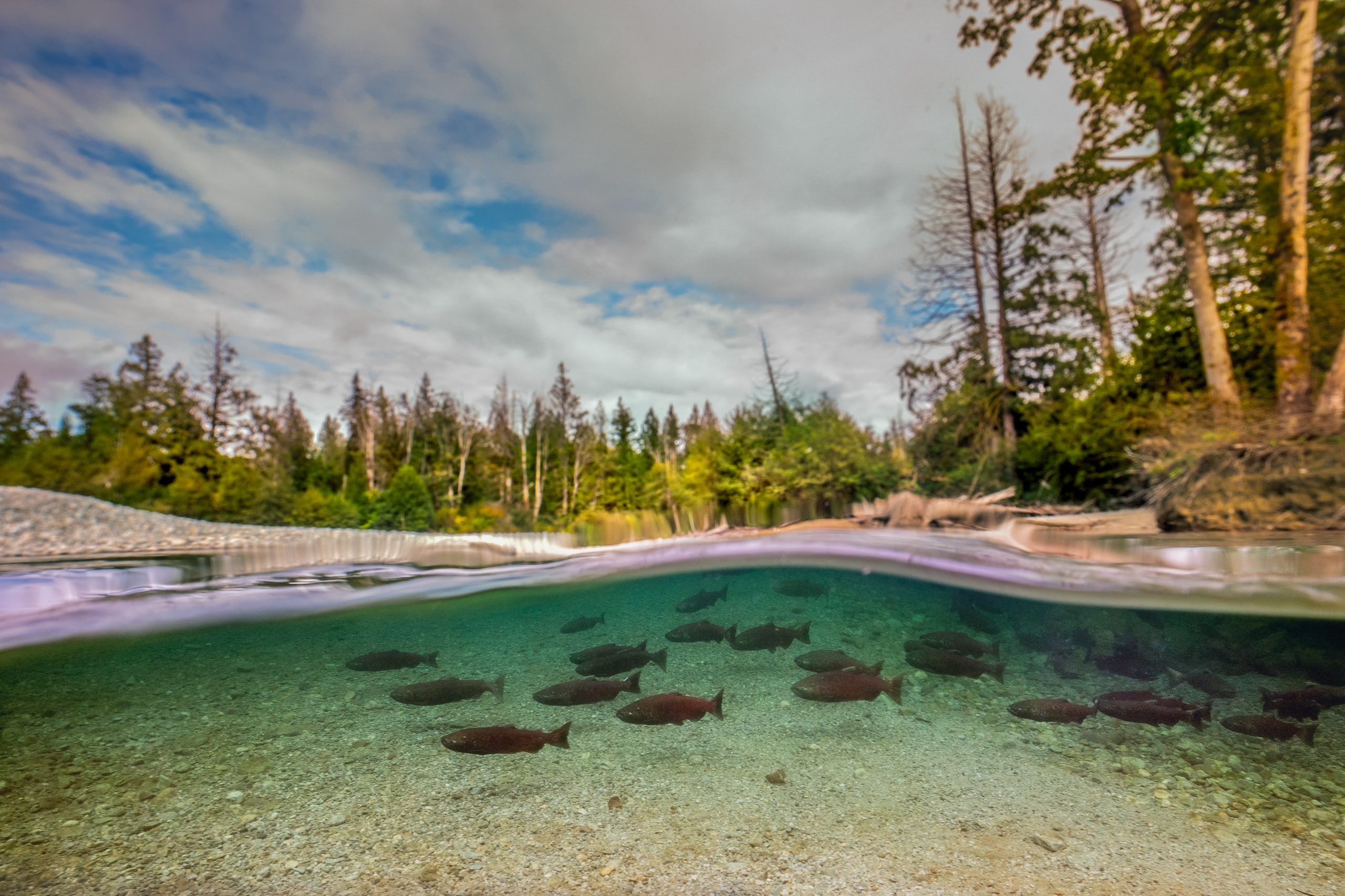
Canada announces ban on open-net pen salmon farms in 2029
The Government of Canada announced it will end open-net pen aquaculture in B.C.’s coastal waters by 2029, following through on a promise made by the Prime Minister in 2019. This decision is a win for Pacific salmon and their future. PSF has published years of high-impact, independent, peer-reviewed research with collaborators that clearly link open-net pen salmon farms in B.C. to risks for wild Pacific salmon.
The federal government has also released a draft transition plan for open-net pen salmon aquaculture. PSF will actively engage in the consultation process in 2025 and onward.
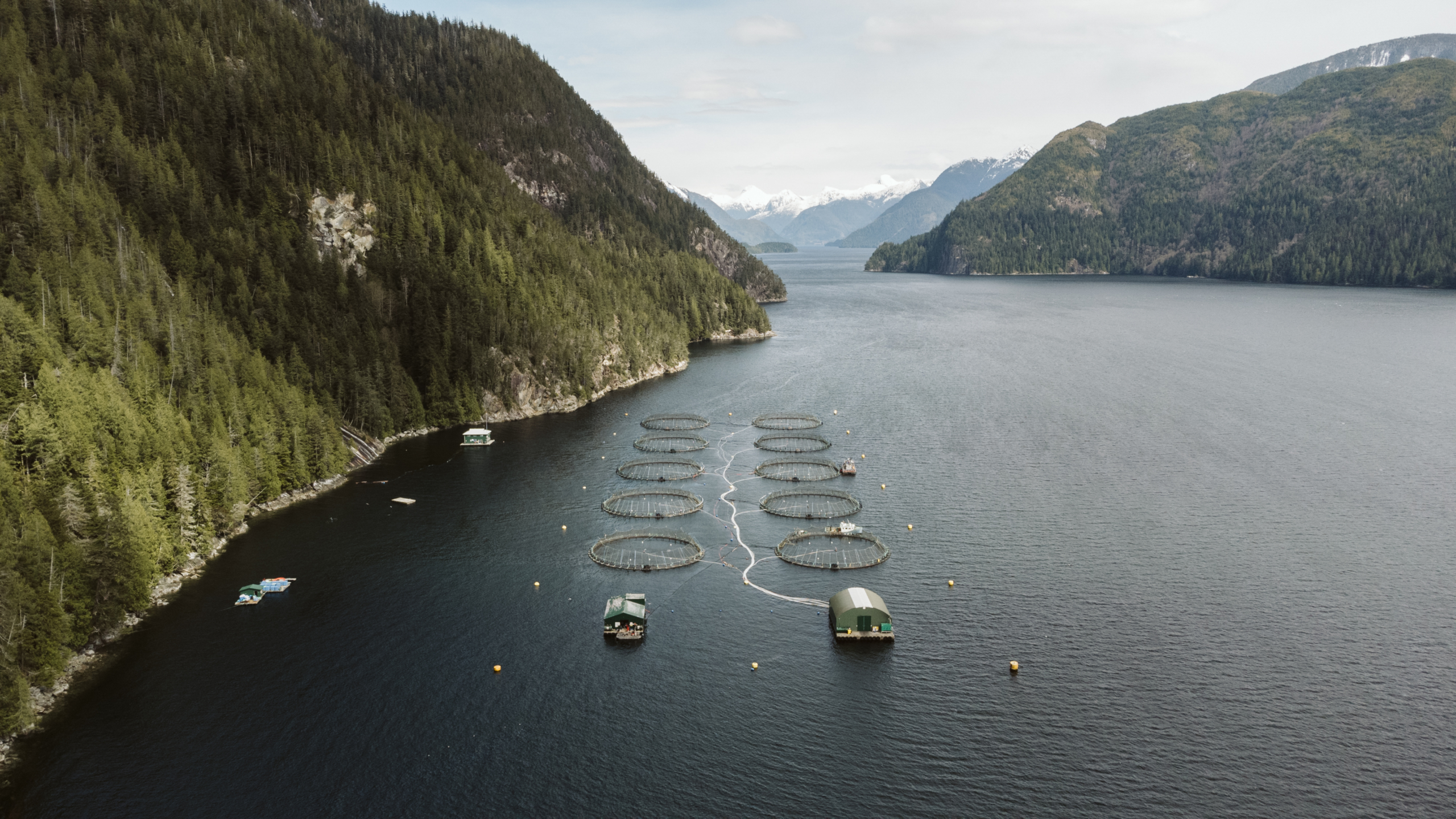
Open-net pen salmon farms in the Broughton Archipelago in 2022. Photo: Brandon Deepwell
Wildfire Playbook
This year, PSF released its Wildfire Playbook – a comprehensive resource focused on protecting salmon after wildfires. It outlines how wildfires impact salmon, summarizes risk management and assessment processes, and offers more than 40 specific solutions to mitigate risks and accelerate salmon recovery.
Fisheries and Oceans Canada and Boothroyd Indian Band put the Wildfire Playbook into action this summer at the Nahatlatch River, where they employed restoration techniques to recover the watershed and salmon habitat following the 2023 Kookipi Creek wildfire that burned 17,406 hectares along the river. PSF’s Climate Emergency Fund supported this project.
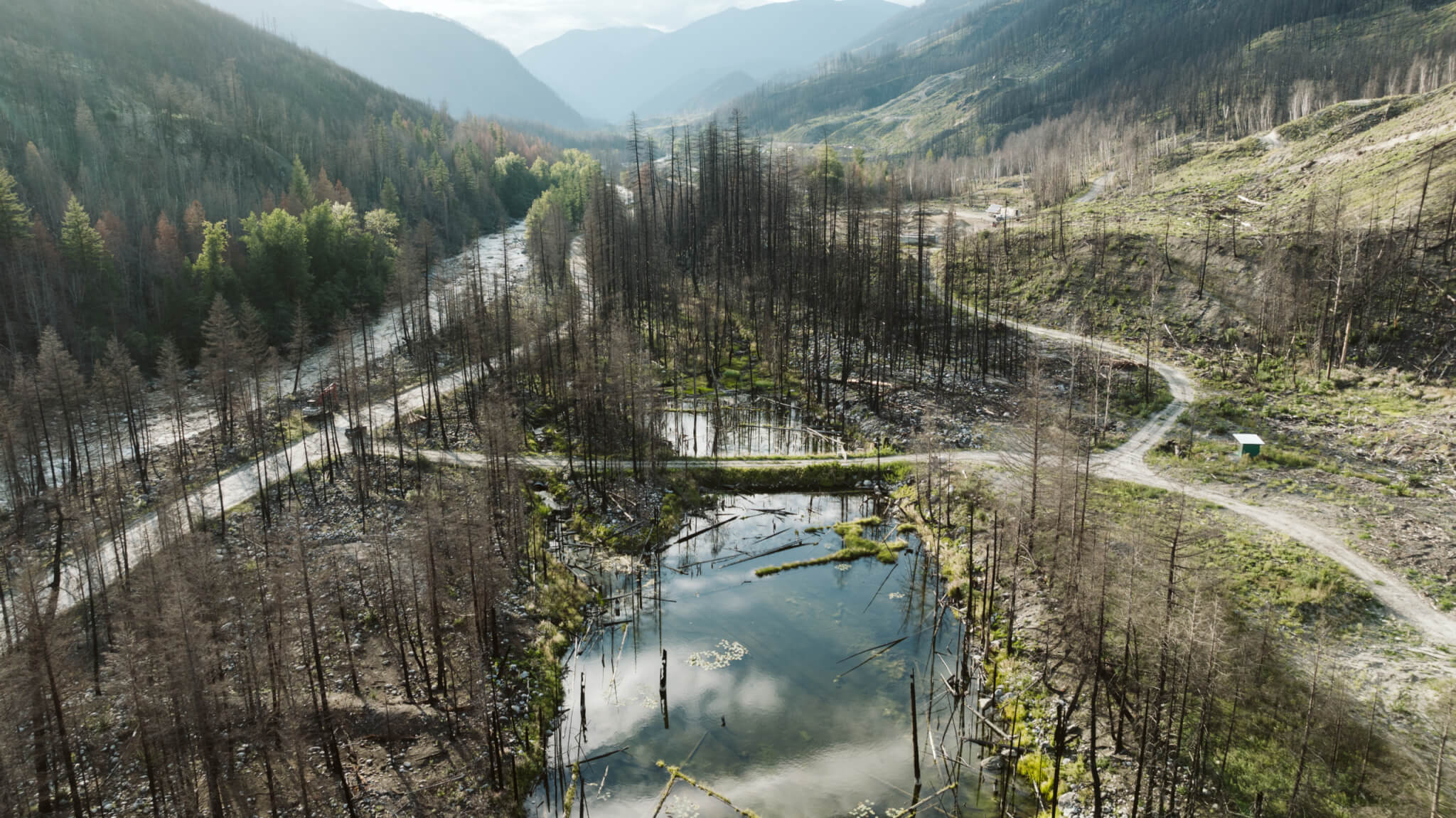
Wildfire damage in the Nahatlatch Valley, September 2024. Photo: Brandon Deepwell.
Log booms are harmful for salmon
In June, PSF joined Cowichan Tribes and BC Conservation Foundation in highlighting the negative impact log booming has had in the Cowichan estuary on Vancouver Island. Six years of research in the estuary have shown that the presence of log booms reduces salmon survival.
Log booming practices can scour the seafloor, damage nearshore ecosystems, provide artificial ambush spots for seals who hunt salmon, and cause beach pollution that threatens spawning habitat for fish that salmon eat.
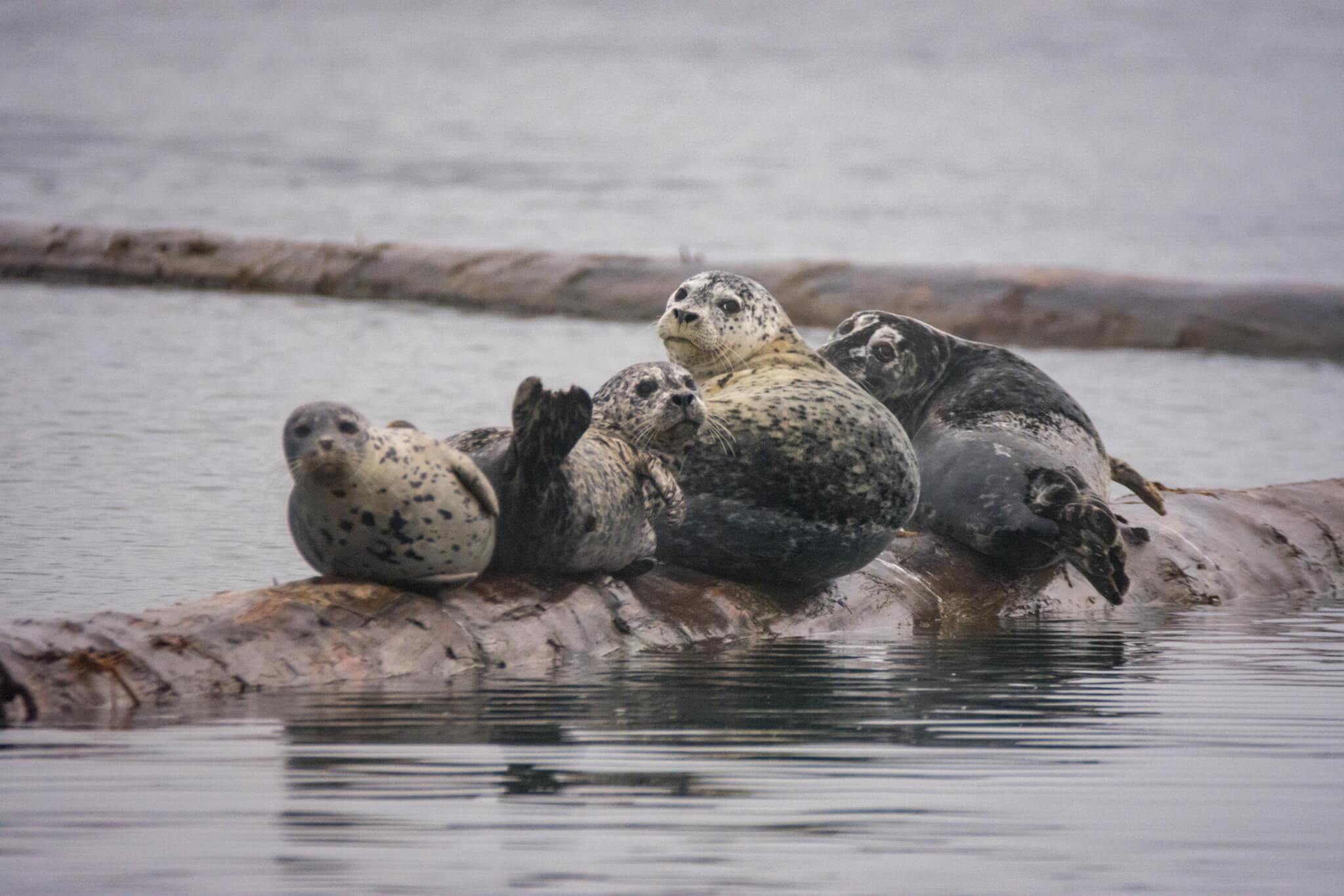
Seals use log booms as haulouts in Cowichan Bay.
Rapid response to climate emergencies
Through the Climate Emergency Fund, PSF supports rapid response efforts to advance real-time action for salmon facing extreme climate events such as droughts, floods, and wildfires. In 2024, PSF granted $348,000 to 17 on-the-ground projects to support salmon survival and migration during these extreme events.
For example, when flooding from the atmospheric river rain event in October impeded salmon passage near Ucluelet, PSF provided funding to help local partners restore access to key habitat for migrating chum salmon.
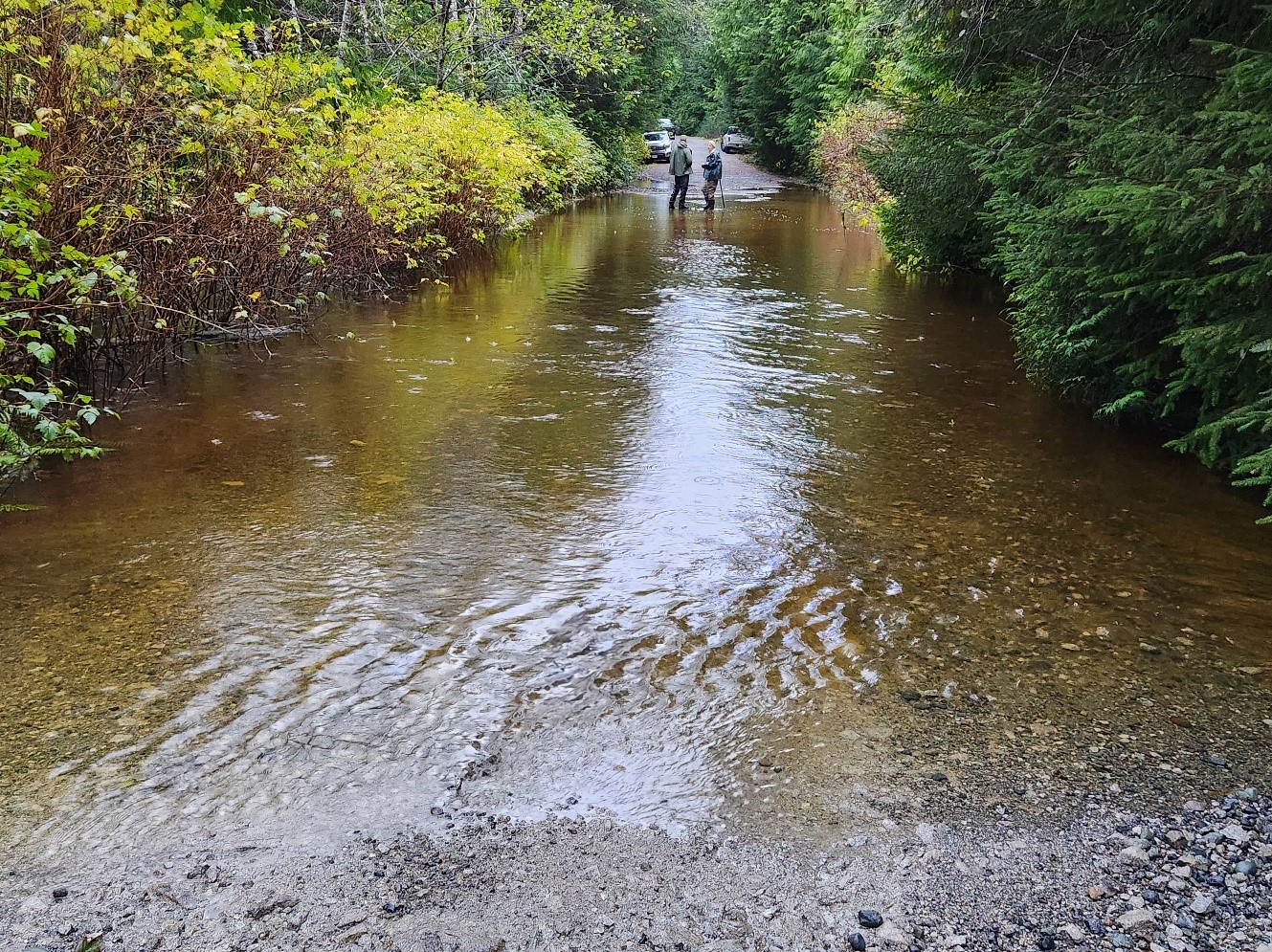
Flooding in October 2024 near Ucluelet impeded migrating salmon.
Steelhead conservation concerns
PSF’s first major report of 2024 highlighted conservation concerns for most steelhead populations in B.C. Like Pacific salmon, steelhead are ecologically and culturally invaluable to communities across the province.
New findings found that 86 per cent of the steelhead assessed were a conservation concern with ‘poor’ biological status. Given the data available, it was only possible to assess seven of the 36 steelhead population groups in the province.
The report highlighted that major investments in steelhead monitoring, assessment, and recovery are urgently needed. You can explore the available datasets on PSF’s Pacific Salmon Explorer.
Community action for salmon
Thanks to your generous support and donations, we granted $2,076,757 to 172 community salmon projects — including many Indigenous-led initiatives — in British Columbia and the Yukon.
These projects represent $12.1 million in total value for salmon conservation, as a result of additional fundraising and volunteer hours by Indigenous and community grantees.
The funds were made available through PSF’s Community Salmon Program, founded in 1989, which empowers volunteers, local streamkeepers, Indigenous communities, and schools to help conserve and recover Pacific salmon and their habitats.
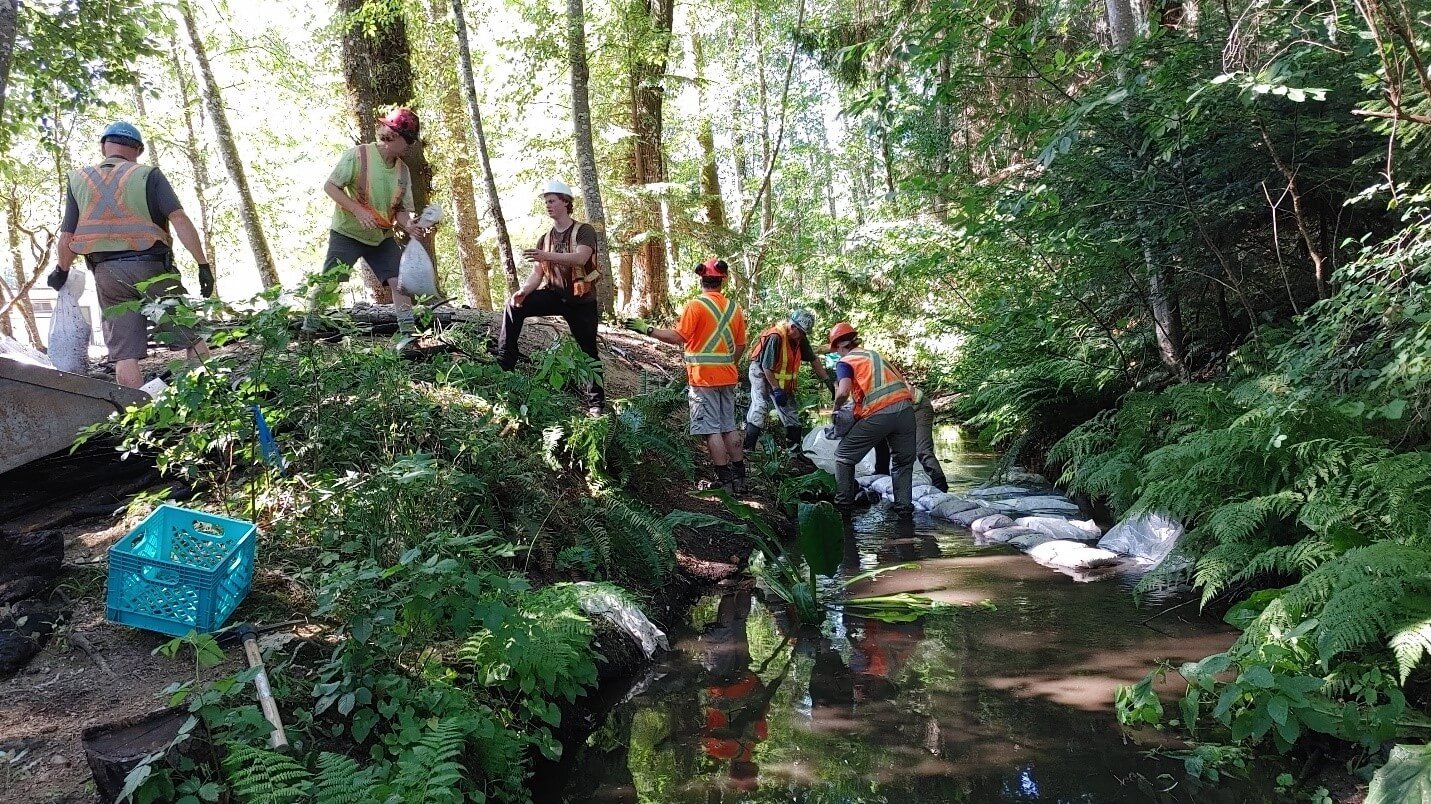
Tracking salmon migrations
As salmon returned to streams and creeks this fall, PSF’s Marine Science team was busy monitoring some of the 300,000 juvenile Chinook and coho salmon they’ve tagged in the ocean since 2020.
Using high-tech equipment installed in several rivers on eastern Vancouver Island, our researchers tracked more than 2,600 tagged salmon all the way back to their home rivers.
A new dashboard that tracks in-season results breaks down the timing and number of fish in each system, as well as the age, stock, and species composition of the returns. Tracking which fish return to spawn will help our team figure out where and when salmon are dying and how to make positive changes for the future of these populations.
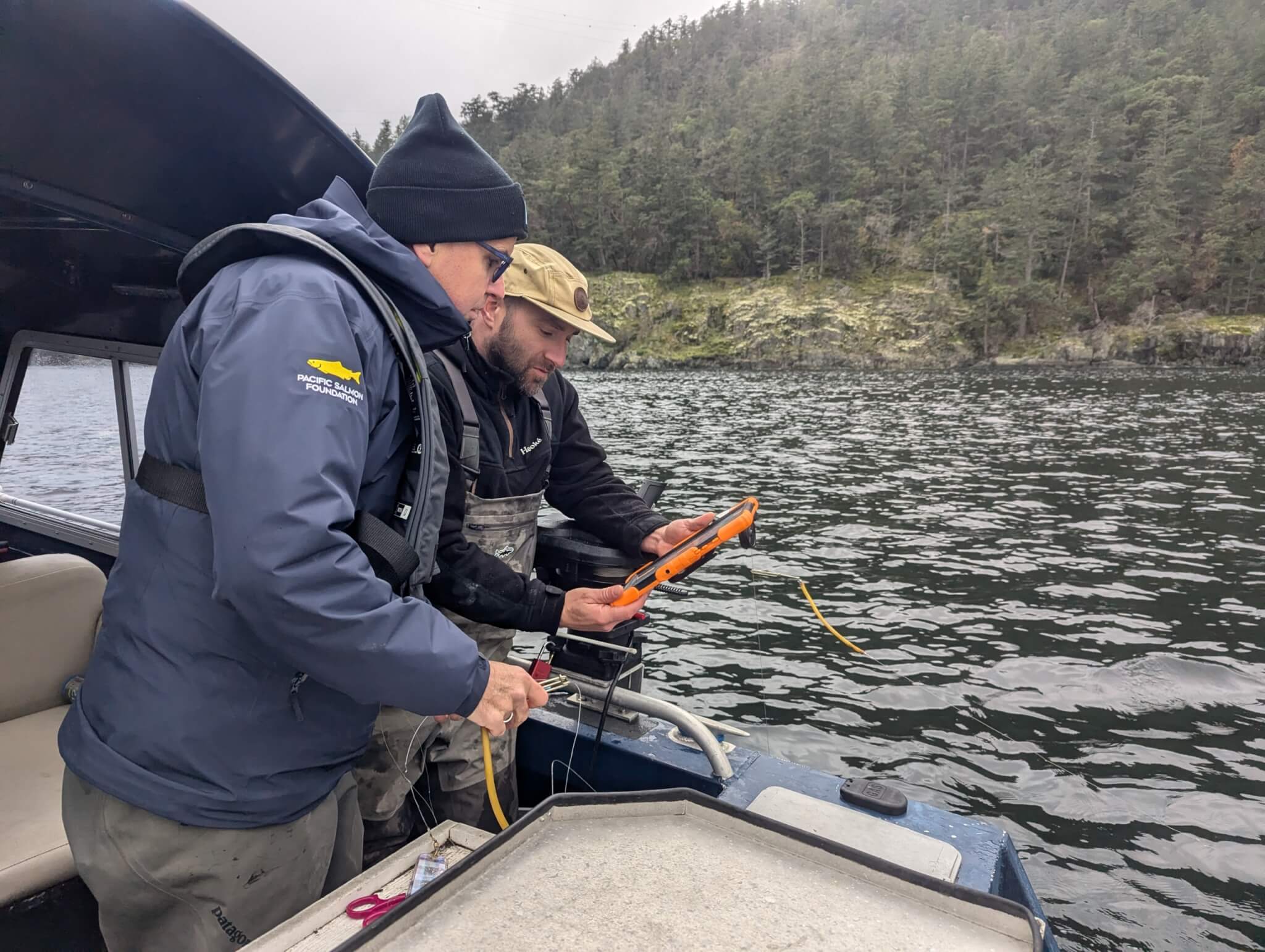
Researching Chinook survival on the west coast of Vancouver Island
PSF, Ha’oom Fisheries Society, and other partners installed a salmon monitoring system in the Somass River near Port Alberni this summer to track the survival of Chinook salmon on the west coast of Vancouver Island (WCVI).
Eventually, they will combine survival data with information on pathogens and environmental stress for the first time.
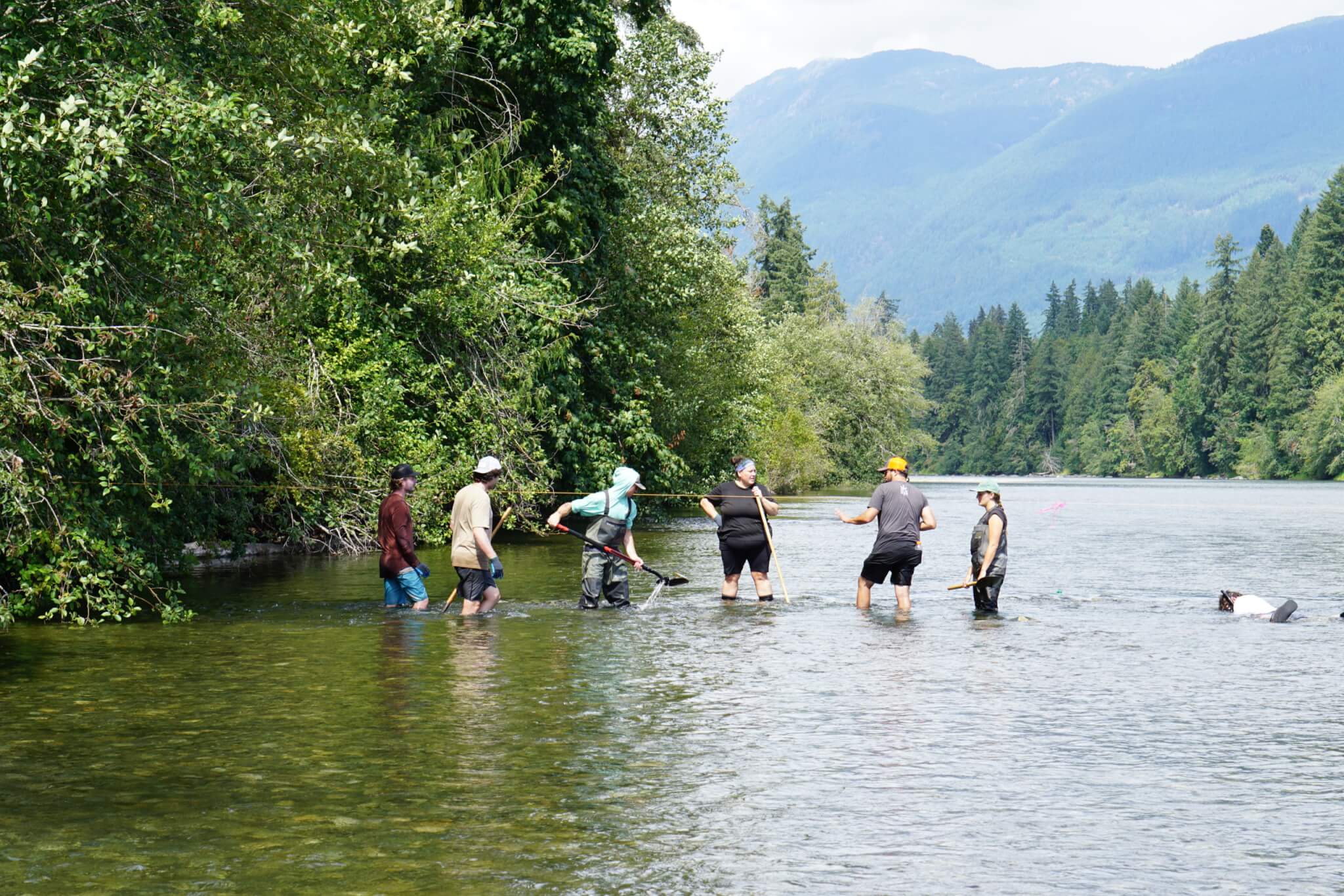
PSF and Ha’oom Fisheries Society installed a salmon monitoring system near Port Alberni this summer.
Action underway for tire toxin linked to coho deaths
After PSF, Raincoast Conservation Society, Watershed Watch Salmon Society, and Ecojustice requested that Environment and Climate Change Canada assess the toxicity of 6PPD – a tire toxin linked to salmon deaths – the federal government announced that it would pursue an environmental assessment of the chemical.
Researchers have determined that 6PPD-quinone, a by-product of 6PPD that washes into salmon-bearing streams, can be lethal for coho salmon and harm other fish species. In 2025, PSF will continue to support 6PPD monitoring efforts on Vancouver Island, raise public awareness of the issue, and inform regulators.
Celebrating the first-ever B.C. Salmon Recovery & Resilience Conference
2024 ended with a bang as PSF hosted the first-ever BC Salmon Recovery & Resilience Conference with partners from the First Nations Fisheries Council of B.C., Province of British Columbia, and Fisheries and Oceans Canada.
More than 450 salmon leaders and experts from B.C., the Yukon, Washington state, and California came together in Vancouver to build meaningful relationships and strengthen our collective efforts to advance salmon recovery and resilience.
PSF looks forward to hosting this conference every two years to continue building opportunities to make new connections, engage in thoughtful conversations, and advance salmon recovery in B.C.
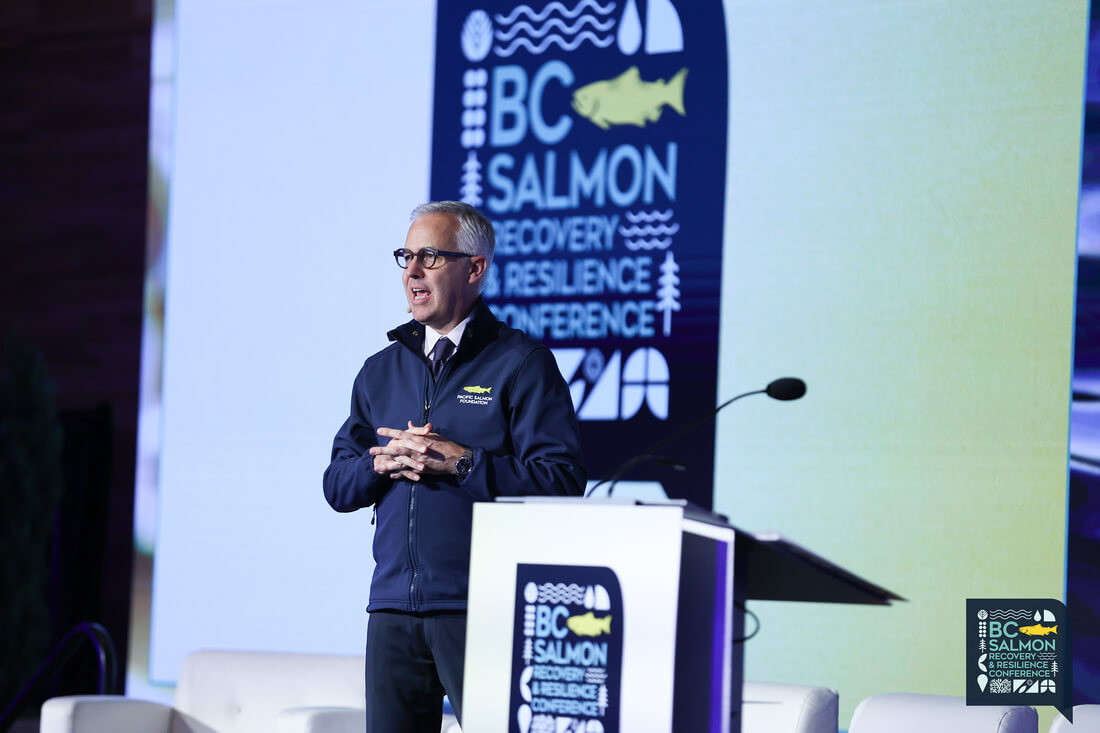
Committing to a better future for salmon
PSF and First Nations Fisheries Council of British Columbia signed a Commitment to Action memorandum in Vancouver in December.
The agreement formalizes a partnership between PSF and FNFC and pledges a joint commitment to implement collaborative, co-managed planning and action to support salmon recovery at the watershed, regional and provincial scale with First Nations at the table in a meaningful decision-making role.
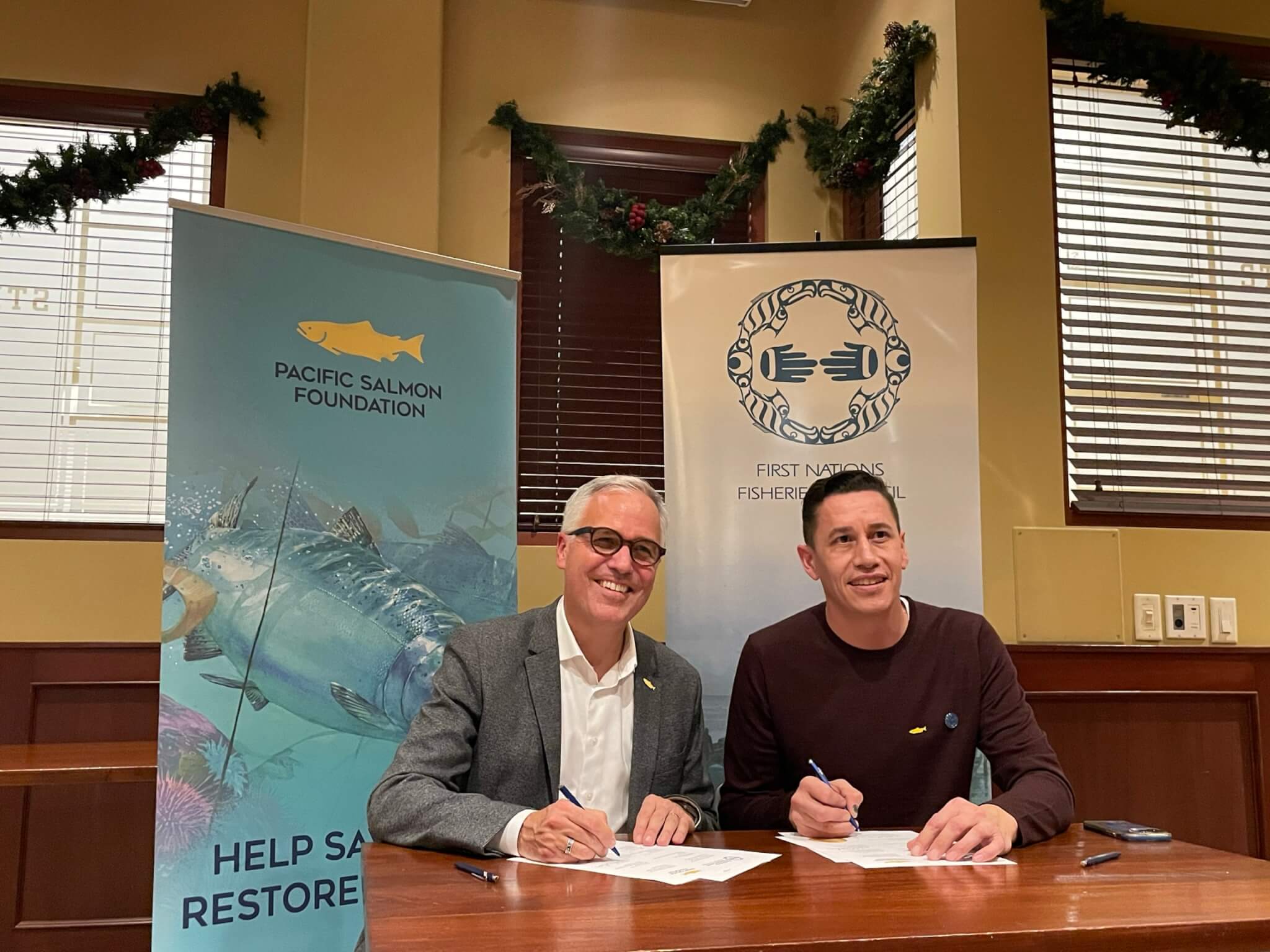
As we wrap up 2024, we reflect with gratitude on the progress we’ve made together to save and restore Pacific salmon. From groundbreaking research and innovative conservation tools to significant policy advancements and community-led projects, these efforts have set a strong foundation for the future.
Thank you for standing with us in this critical work — together, we can continue to turn the tide for salmon.
